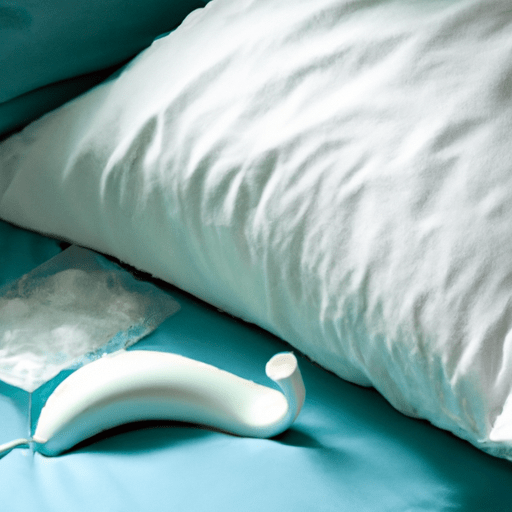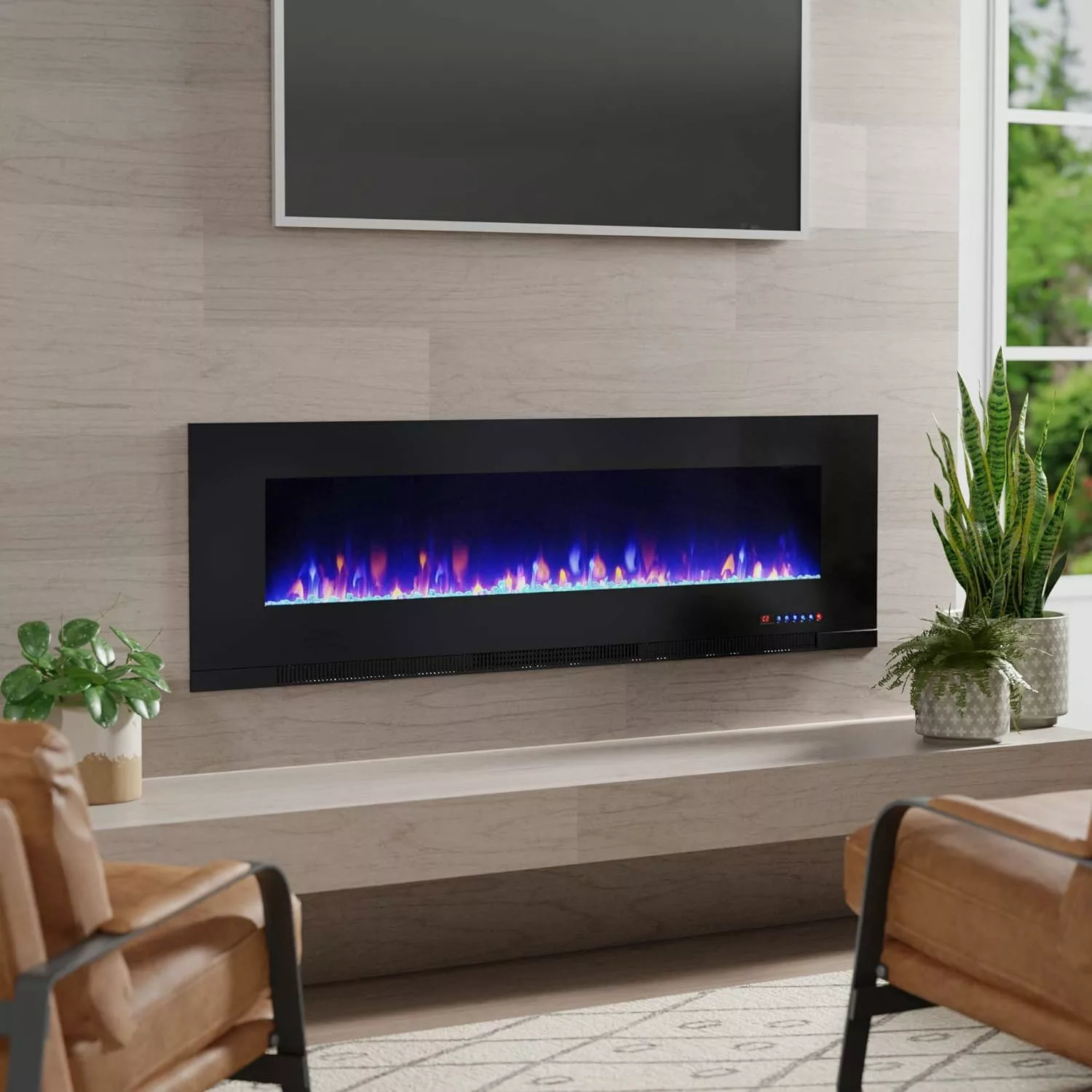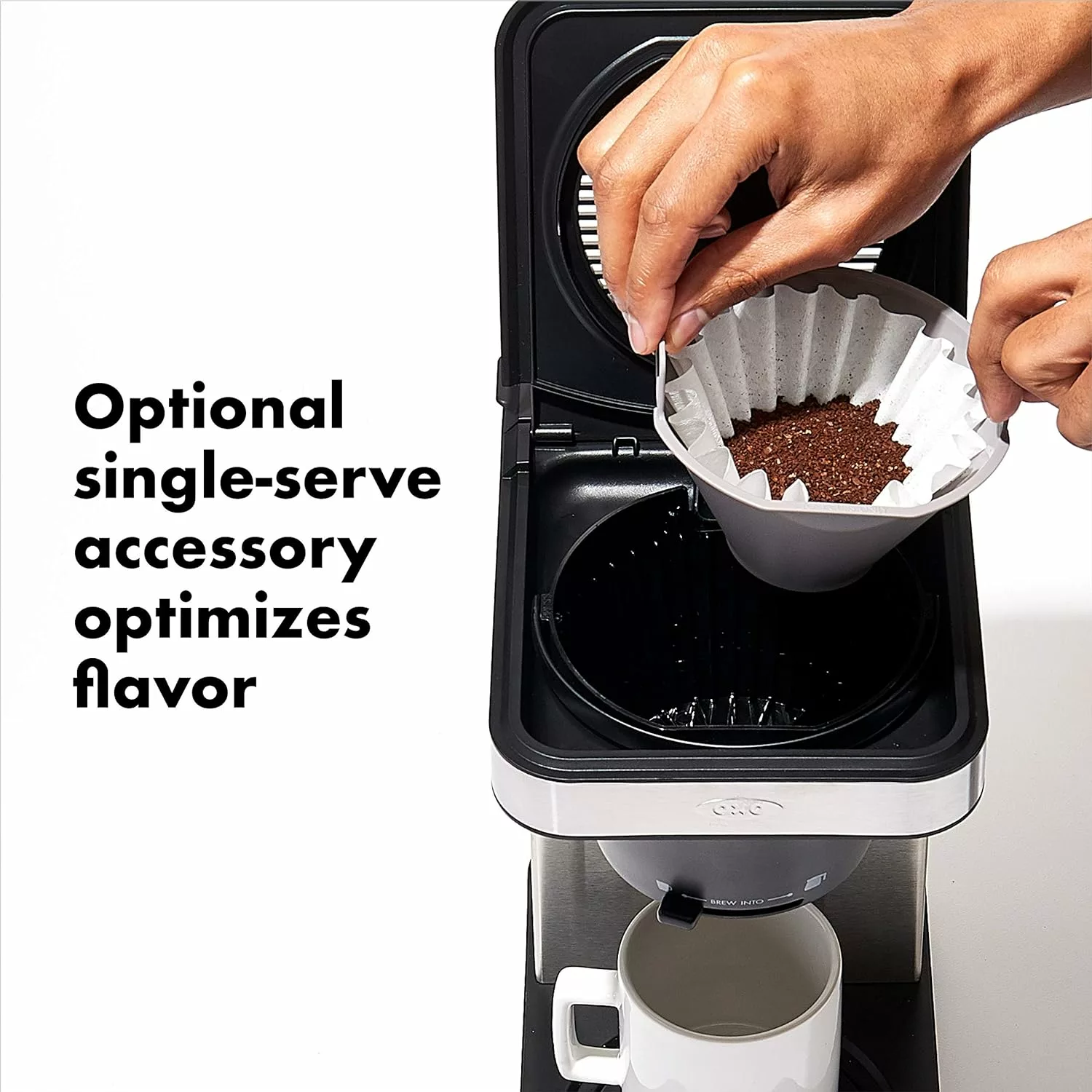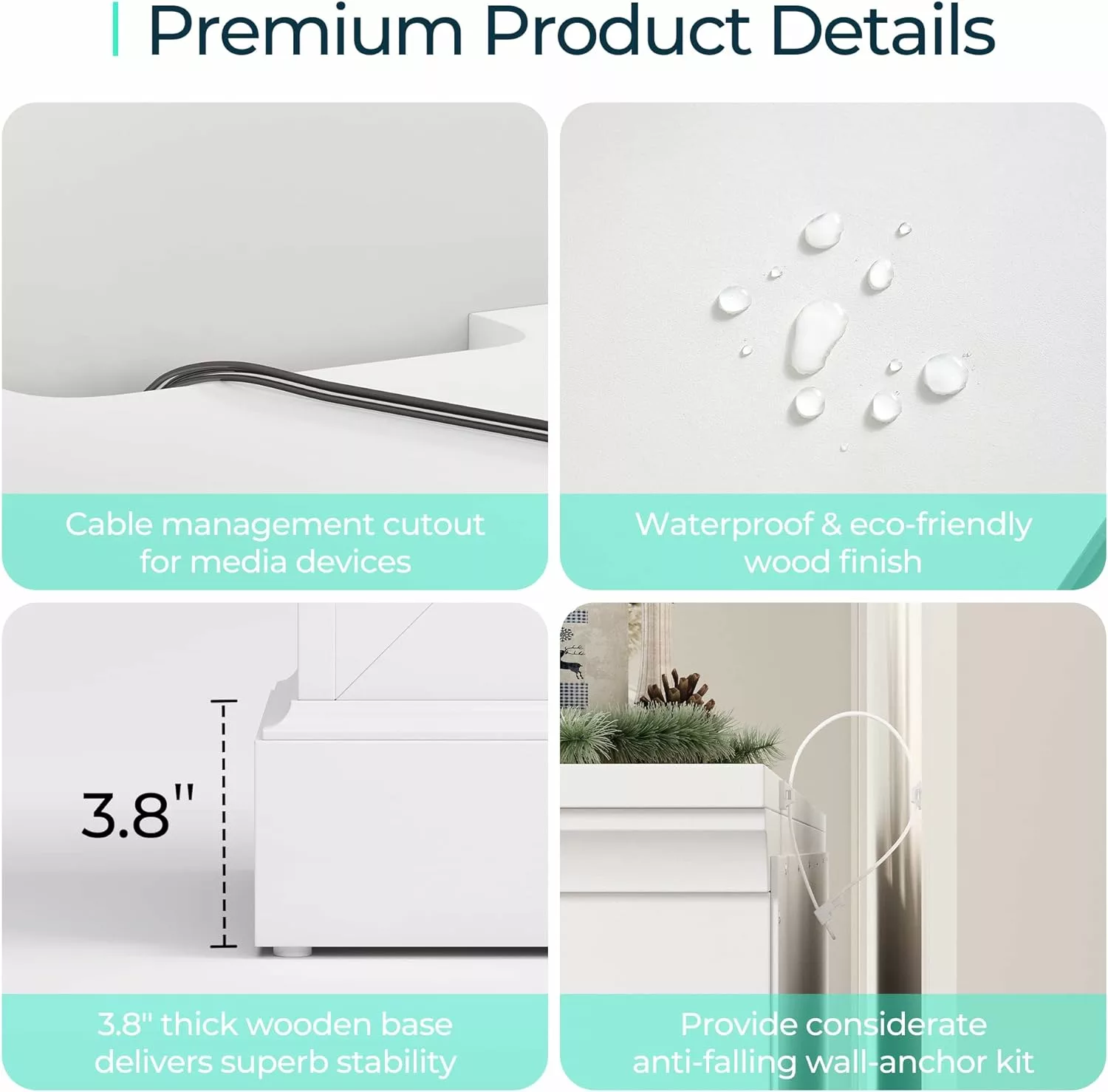Imagine relaxing in your hot tub, soaking in the warm water, when suddenly you notice unsightly brown foam appearing on the surface. Don’t worry, you’re not alone in this predicament. Brown foam in hot tubs can be caused by a variety of factors, but the good news is that there are simple and effective ways to eliminate it. In this article, we will explore some tried-and-tested methods to help you get rid of that pesky brown foam and restore the crystal-clear water you deserve. Say goodbye to the foam and hello to an enjoyable and pristine hot tub experience!

This image is property of images.pexels.com.
1. Proper Water Chemistry
Maintaining the proper water chemistry in your hot tub is crucial for keeping it clean and safe to use. There are three key factors to consider when it comes to water chemistry: balancing pH levels, maintaining total alkalinity, and adjusting calcium hardness.
1.1 Balancing pH Levels
Balancing the pH levels in your hot tub is essential for optimal water quality. The pH scale ranges from 0 to 14, with 7 being neutral. A pH level below 7 indicates acidity, while a level above 7 indicates alkalinity. Ideally, the pH level in your hot tub should be between 7.2 and 7.8.
To balance the pH levels, you can use pH increasers or pH decreasers based on the test results. Adding a pH increaser, such as soda ash or baking soda, can raise the pH level, while a pH decreaser, such as muriatic acid or sodium bisulfate, can lower it. Regularly test your hot tub water’s pH levels and make adjustments as necessary.
1.2 Maintaining Total Alkalinity
Total alkalinity is a measure of the water’s ability to resist changes in pH. It helps stabilize the pH levels in your hot tub. The recommended total alkalinity for a hot tub ranges between 80 and 120 parts per million (ppm).
To maintain total alkalinity, you can use alkalinity increasers, such as baking soda, to raise the levels. Adding these increasers can help prevent pH fluctuations and promote water balance. Similarly, alkalinity decreasers, like muriatic acid, can be used to lower total alkalinity if it’s too high. Regularly test the total alkalinity of your hot tub water and adjust it accordingly.
1.3 Adjusting Calcium Hardness
Calcium hardness refers to the level of calcium in your hot tub water. The appropriate calcium hardness range for a hot tub is between 150 and 250 ppm. Insufficient calcium hardness can result in the water becoming corrosive, while excessive levels can lead to scale formation.
To adjust calcium hardness, you can use calcium increasers, such as calcium chloride, to raise the levels. Conversely, you can use a sequestering agent to lower calcium hardness if it exceeds the recommended range. Regularly test the calcium hardness of your hot tub water and make necessary adjustments to ensure optimal water chemistry.
2. Regular Water Testing
Regular water testing is vital for maintaining a clean and safe hot tub environment. It allows you to monitor the chemical levels and adjust them accordingly. Here we discuss the importance of water testing, the frequency of testing, and the different testing methods and kits available.
2.1 Importance of Water Testing
Water testing is essential for ensuring that your hot tub water is properly balanced and free from harmful contaminants. By testing the water regularly, you can identify any imbalances or issues and take appropriate measures to rectify them. Proper water chemistry not only improves the longevity of your hot tub but also ensures a healthy and enjoyable soaking experience.
2.2 Frequency of Testing
The frequency of water testing depends on various factors, including the size of your hot tub, frequency of use, and environmental conditions. As a general rule of thumb, it is recommended to test the water once or twice a week. However, during periods of heavy usage or extreme weather conditions, more frequent testing may be necessary.
2.3 Testing Methods and Kits
There are several testing methods and kits available to make water testing quick and convenient. Test strips are a popular option as they are easy to use and provide instant results. Simply dip the strip into the water and compare the color changes to a provided chart to determine the chemical levels.
Another option is liquid test kits, which typically involve adding a few drops of reagent to a water sample and observing the resulting color changes. These kits generally provide more accurate results but may require a bit more time and precision.
Choose a testing method that suits your preference and follow the instructions provided to ensure reliable results. It is also advisable to keep a record of the test results to track any changes over time.
3. Shocking the Hot Tub
Shocking the hot tub is an essential maintenance step that helps eliminate bacteria, viruses, and organic contaminants that may be present in the water. Here, we discuss the importance of shocking, different types of shocking agents, and the proper procedure to follow.
3.1 Understanding Shocking
Shocking involves adding a high dose of sanitizer to the hot tub water to eliminate any microorganisms or contaminants that may have accumulated. This process restores the sanitizer’s effectiveness and ensures the water remains clean and safe to use. Regular shocking prevents the growth of algae, removes unpleasant odors, and promotes water clarity.
3.2 Types of Shocking Agents
There are various types of shocking agents available, including chlorine-based shocks, non-chlorine shocks, and oxidizers. Chlorine-based shocks are the most commonly used and are effective at sanitizing the water. Non-chlorine shocks, on the other hand, use different chemicals, such as potassium monopersulfate, to oxidize contaminants. These are ideal for hot tubs with sensitive skin or eyes.
3.3 Shocking Procedure
To properly shock your hot tub, follow these steps:
- Ensure that the hot tub’s pH and total alkalinity levels are balanced.
- Fill a bucket with water from the hot tub.
- Add the recommended amount of shock to the bucket and dissolve it thoroughly.
- Turn on the jets to circulate the water.
- Carefully pour the dissolved shock solution into the hot tub water.
- Allow the hot tub to circulate for the recommended amount of time, as specified by the manufacturer of the shock product.
- Test the water after the recommended waiting period to ensure the sanitizer levels have returned to the appropriate range.
It’s important to follow the manufacturer’s instructions when using shock products, as the dosages and waiting periods may vary.
4. Maintaining the Filtration System
A well-maintained filtration system is essential for keeping your hot tub water clean and free from debris. Regular cleaning or replacement of filter cartridges, backwashing or cleaning sand filters, and balancing filtration time are key aspects of maintaining the filtration system.
4.1 Cleaning or Replacing Filter Cartridges
Filter cartridges play a vital role in trapping debris and contaminants in the hot tub water. Over time, these cartridges can become clogged and less effective, resulting in reduced water flow and compromised water quality. It is important to clean or replace the filter cartridges regularly to maintain optimal filtration.
Cleaning the filter cartridges involves removing them from the filter housing and rinsing them with a hose to remove any debris. If the cartridges appear damaged or excessively dirty, it may be time to replace them with new ones.
4.2 Backwashing or Cleaning Sand Filters
For hot tubs equipped with sand filters, regular backwashing or cleaning is necessary to remove trapped debris and maintain water flow. Backwashing involves reversing the water flow through the filter to flush out accumulated impurities. Consult your hot tub manual for specific instructions on backwashing and cleaning your sand filter.
4.3 Balancing Filtration Time
Finding the right balance for filtration time is crucial for maintaining optimal water clarity and cleanliness. A general guideline is to run the filtration system for a minimum of 8 hours a day, but the required filtration time may vary depending on the size of your hot tub, usage frequency, and environmental conditions. Monitor the water quality regularly and adjust the filtration time as needed.

This image is property of images.pexels.com.
5. Reducing Contaminants
Preventing contaminants from entering the hot tub water in the first place is an effective way to maintain water quality. By following a few simple steps, such as showering before hot tub use, limiting the use of lotions, oils, and cosmetics, and ensuring proper swimwear, you can significantly reduce the amount of contaminants in your hot tub.
5.1 Showering Before Hot Tub Use
Encourage yourself and your guests to shower before using the hot tub. This simple step helps remove sweat, dirt, and other impurities from the body, reducing the amount of contaminants introduced into the water.
5.2 Limiting Lotions, Oils, and Cosmetics
Avoid using excessive lotions, oils, and cosmetics before entering the hot tub, as these substances can contribute to water contamination. They can create a thin film on the water’s surface, attract dirt and debris, and even clog the filtration system.
If you prefer to use these products, consider applying them after using the hot tub instead. This way, you can enjoy the benefits without compromising the water quality.
5.3 Ensuring Proper Swimwear
Proper swimwear can help minimize the introduction of contaminants into the hot tub water. Wear swimsuits made specifically for hot tub use, as they are designed to be more resistant to chemicals and better at containing any loose fibers or particles.
Avoid using regular clothing or undergarments as swimwear, as these can release lint, dyes, and other materials into the water, causing unnecessary contamination.
6. Regular Water Drain and Refill
Regularly draining and refilling your hot tub is necessary to maintain water quality. Over time, contaminants can build up despite proper maintenance, and diluting the water through draining and refilling is an effective way to keep it clean and fresh. Here, we discuss the importance of draining and refilling, determining the frequency, and the proper procedure to follow.
6.1 Importance of Draining and Refilling
Draining and refilling your hot tub is essential for removing accumulated contaminants, such as body oils, sweat, and chemicals, that can impact water quality. It also helps prevent the buildup of dissolved solids, like minerals and salts, which can lead to cloudy water and reduced sanitization effectiveness.
Regularly draining and refilling your hot tub prolongs its lifespan and ensures a more enjoyable and hygienic soaking experience.
6.2 Determining the Frequency
Determining how often to drain and refill your hot tub depends on various factors, including the size of your hot tub, water usage, and overall water quality. As a general guideline, it is recommended to completely drain and refill your hot tub every three to four months.
However, if you notice a significant deterioration in water quality, persistent cloudiness, or strong odors, it may be necessary to drain and refill the hot tub more frequently.
6.3 Proper Drain and Refill Procedure
Follow these steps to properly drain and refill your hot tub:
- Turn off the power supply to the hot tub.
- Connect a garden hose to the drain valve or designated drainage port.
- Direct the other end of the hose to a suitable drainage area or a nearby drain.
- Open the drain valve or remove the dedicated drainage cap.
- Allow the water to completely drain out of the hot tub.
- Once the hot tub is empty, clean and sanitize the shell with a mild cleaner or hot tub-specific cleaning solution.
- Rinse the hot tub thoroughly to remove any residual cleaning products.
- Refill the hot tub with fresh water, ensuring that the water level is appropriately above the highest jet.
- Test and adjust the water chemistry, as necessary, to ensure optimal balance.
- Turn on the power supply and allow the hot tub to circulate and heat the water.
- Test the water after a few hours to ensure the chemical levels are within the recommended range.
Follow the hot tub manufacturer’s specific instructions for draining and refilling, as the procedure may vary depending on the make and model.

This image is property of images.pexels.com.
7. Addressing Foam Causes
Foam in your hot tub can be unsightly and unsettling. It is often caused by the accumulation of organic matter, detergents, and other substances in the water. Here, we explore the causes of foam in hot tubs, identify specific causes, and provide appropriate solutions to eliminate it.
7.1 Understanding Foam Causes
Foam in a hot tub can have multiple causes, ranging from harmless to potentially harmful. It is important to address the underlying cause to prevent further foam formation and promote clean water.
7.2 Identifying Specific Causes
Foam can be caused by various factors, including:
- Residual soap or detergent from swimwear or unclean bodies
- High levels of organic matter, such as body oils, sweat, and urine
- Low sanitizer levels
- Imbalanced water chemistry, particularly pH and total alkalinity
- The presence of certain chemicals, such as algaecides or clarifiers
By identifying the specific cause of the foam, you can take appropriate measures to eliminate it effectively.
7.3 Implementing Appropriate Solutions
To address foam in your hot tub, consider the following solutions based on the identified cause:
-
If the foam is due to residual soap or detergent from swimwear or unclean bodies, encourage proper showering before hot tub use and ensure swimwear is thoroughly rinsed before entering the hot tub.
-
If there is a high level of organic matter, consider shocking the hot tub to eliminate bacteria and contaminants. Ensure the filter system is clean and functioning properly to enhance water circulation and filtration.
-
If the sanitizer levels are low, adjust them by adding the appropriate amount as recommended by the manufacturer. Monitor the sanitizer levels regularly to maintain proper disinfection.
-
If the water chemistry is imbalanced, follow the steps outlined in section 1 to balance the pH levels, maintain total alkalinity, and adjust calcium hardness. Proper water chemistry helps prevent foam formation.
-
If certain chemicals are causing the foam, ensure that they are used as directed and in the correct dosage. Consult the product labels or seek professional advice if needed.
Implementing appropriate solutions based on the specific cause of the foam will help eliminate it effectively and maintain a foam-free hot tub.
8. Using Anti-Foam Agents
Anti-foam agents can be useful in quickly and effectively eliminating foam in your hot tub. They work by breaking down the foam’s surface tension, causing it to collapse. Here, we discuss the types of anti-foam agents available, effective application methods, and some recommended brands to consider.
8.1 Types of Anti-Foam Agents
There are different types of anti-foam agents available for hot tubs, including silicone-based and non-silicone-based varieties. Silicone-based agents are often more effective and longer-lasting in countering foam. However, non-silicone-based agents can be a preferable option if you want to avoid any potential impacts on water quality or surface finish.
8.2 Effective Application
To effectively use anti-foam agents in your hot tub, follow these steps:
- Ensure that the hot tub water chemistry is properly balanced.
- Shake the anti-foam agent bottle well before use.
- Add the recommended dosage of the anti-foam agent to the hot tub water.
- Turn on the jets to allow the anti-foam agent to disperse throughout the water.
- Observe the foam collapse as the anti-foam agent takes effect.
- If the foam persists, you may need to add an additional dose of the anti-foam agent.
Remember to follow the manufacturer’s instructions regarding dosage and application for the specific anti-foam agent you are using.
8.3 Recommended Brands
There are numerous reputable brands that offer effective anti-foam agents for hot tubs. Some recommended brands to consider include Leisure Time Foam Down, SeaKlear Spa Defoamer, and Natural Chemistry Foam Free. These brands have proven track records and are widely trusted in the hot tub industry.
When selecting an anti-foam agent, consider factors such as compatibility with your hot tub’s water chemistry, any personal preferences regarding silicone-based or non-silicone-based options, and the cost-effectiveness of the product.
9. Cleaning and Maintaining the Hot Tub Cover
The hot tub cover serves as a vital protective barrier, keeping the water clean and maintaining its temperature. Regular cleaning and maintenance of the hot tub cover is essential to extend its lifespan and ensure its effectiveness. Here, we discuss the importance of regular cleaning and inspection, protecting against moisture, and preventing chemical buildup on the hot tub cover.
9.1 Regular Cleaning and Inspection
Regularly cleaning and inspecting the hot tub cover helps prolong its lifespan and maintain its functionality. Use a mild detergent or hot tub-specific cover cleaner to remove dirt, grime, and any potential mold or mildew. Gently scrub the cover with a soft brush and rinse it thoroughly with water.
Inspect the cover for any signs of damage, such as rips, tears, or worn-out areas. Address any issues promptly to prevent further deterioration and ensure optimal cover performance.
9.2 Protecting Against Moisture
Moisture can accumulate on the hot tub cover, leading to mold or mildew growth and potential damage. To protect against moisture, ensure proper ventilation around the hot tub. Use a cover lift or support system to prevent the cover from touching the water when not in use. This allows for adequate airflow, reducing the risk of moisture build-up.
Additionally, consider using a cover conditioner or protectant to create a barrier against moisture and provide UV protection. Follow the manufacturer’s instructions for proper application and reapplication of the product.
9.3 Preventing Chemical Build-up
Chemical build-up on the hot tub cover, resulting from water splashes and overspray, can cause discoloration and deterioration over time. To prevent chemical build-up, gently wipe the cover with a clean cloth after each use to remove any water droplets or chemical residue. Avoid using harsh detergents or chemicals on the cover, as these can accelerate deterioration.
Regular cleaning and maintenance of the hot tub cover will help prolong its lifespan and ensure its effective performance in protecting your hot tub.
10. Seeking Professional Help
While regular maintenance and proper care can go a long way in keeping your hot tub in optimal condition, there may be times when professional assistance is necessary. Here, we discuss when to seek professional help, choosing a reliable hot tub service, and the benefits of professional maintenance.
10.1 When to Seek Professional Assistance
There are certain situations when it is advisable to seek professional assistance for your hot tub maintenance, such as:
- Persistent water quality issues, despite proper maintenance efforts
- Equipment malfunctions or mechanical problems
- Structural damage to the hot tub shell or components
- Electrical issues or concerns
- Time constraints or lack of expertise in performing certain maintenance tasks
If you experience any of these challenges or feel unsure about handling a particular issue yourself, it is recommended to seek the expertise of a professional hot tub service.
10.2 Choosing a Reliable Hot Tub Service
When choosing a professional hot tub service, consider the following factors:
- Reputation and experience: Look for a service provider with a proven track record in the industry and positive reviews from previous customers.
- Credentials and certifications: Ensure that the service technicians are properly trained, licensed, and certified to work on hot tubs.
- Service offerings: Assess whether the service provider offers a comprehensive range of maintenance and repair services, including water testing, equipment repairs, and installation.
- Response time and availability: Determine their responsiveness to service requests and their availability for emergency situations.
- Pricing and warranty: Request a clear breakdown of the service costs and inquire about any applicable warranties or guarantees on the work performed.
By choosing a reliable hot tub service, you can have peace of mind knowing that your hot tub is in good hands.
10.3 Benefits of Professional Maintenance
Professional hot tub maintenance offers several benefits, including:
- Expertise and knowledge: Professionals have a deep understanding of hot tub mechanics, water chemistry, and the latest industry standards.
- Time savings: Hiring a professional service allows you to focus on enjoying your hot tub while leaving the maintenance tasks to the experts.
- Extended equipment lifespan: Regular professional maintenance can help prolong the lifespan of your hot tub and its components by addressing issues proactively.
- Enhanced water quality: Professionals have access to specialized equipment and products that can optimize water quality and clarity.
- Improved safety: Professionals can identify potential safety hazards and address them promptly to ensure a safe hot tub environment for you and your family.
Engaging professional help when needed can enhance your hot tub ownership experience and ensure that your investment remains in top condition for years to come.
In conclusion, by following the proper water chemistry guidelines, regularly testing the water, shocking the hot tub, maintaining the filtration system, reducing contaminants, performing regular water drain and refills, addressing foam causes, using anti-foam agents, cleaning and maintaining the hot tub cover, and seeking professional help when necessary, you can keep your hot tub clean, safe, and enjoyable for an extended period. With these comprehensive maintenance practices, your hot tub will provide a relaxing oasis for you and your loved ones to enjoy for years to come.




